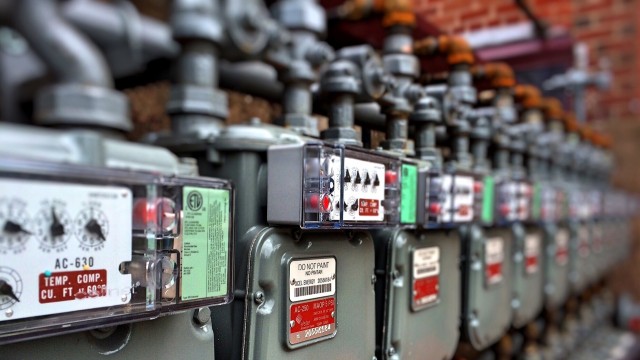Five years after the creation of energy management standard ISO 50001, the standard is being revised to ensure it remains a useful tool for organizations around the world.
ISO 50001, Energy management systems–Requirements with guidance for use, specifies the requirements for establishing, implementing, maintaining, and improving an energy management system.
ISO 5001 is based on the management system model of continual improvement also used for standards such as ISO 9001 or ISO 14001. This makes it easier for organizations to integrate energy management into their overall efforts to improve quality and environmental management.
The standard aims to enable an organization to follow a systematic approach in achieving continual improvement of energy performance, including energy efficiency, use, and consumption.
ISO 50001 provides a framework of requirements for organizations to:
- Develop a policy for more efficient energy use.
- Fix targets and objectives to meet the policy.
- Use data to better understand and make decisions about energy use.
- Measure the results.
- Review the effectiveness of the policy.
- Continually improve energy management.
Implementation of this international standard is also intended to lead to reductions in greenhouse gas emissions and other related environmental impacts and energy costs through the systematic management of energy.
ISO 50001 is applicable to all types and sizes of organizations, irrespective of geographical, cultural, or social conditions. Successful implementation of the standard depends on the level of commitment from all levels and functions of the organization–especially top management.
Since its publication five years ago, ISO 50001 has gained popularity, with close to 7,000 organizations certified to the standard by the end of 2014.
This week, experts from nearly 30 countries met in Stockholm, Sweden, to discuss and advance the revision work of ISO 50001. The event was hosted by the Swedish Standards Institute (SIS)–the ISO member for country. The conference highlighted the value of energy management systems and shared experiences and good practice.

